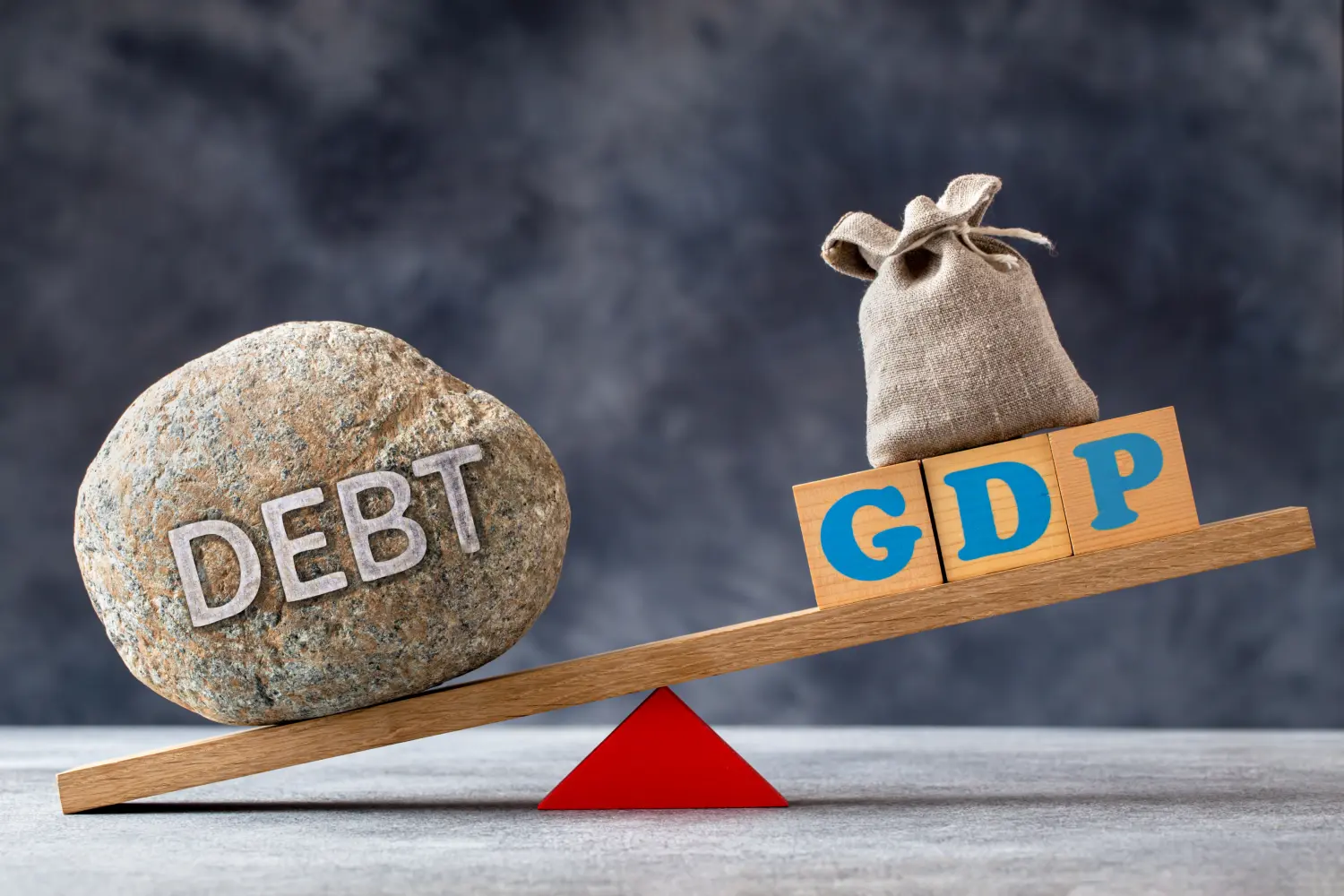The latest data released by Ghana’s central bank, the Bank of Ghana, said the country ended 2023 with a total public debt of 52,4 billion U.S. dollars, which translates into 610 billion Ghana cedis based on the central bank’s official prevailing exchange rate for December.
The debt level is 72.5 percent of the gross domestic product, according to the data issued last weekend.
The external component of the total debt increased to 30.1 billion dollars from 29 billion dollars a year earlier, and the domestic component also stood at 350.3 billion cedis, compared with 240.9 billion cedis at the end of 2022.
The West African gold, cocoa, and crude oil exporting nation commenced a domestic debt exchange in December 2022 in partial fulfilment of conditions set by the International Monetary Fund (IMF) to access a 3-billion-dollar loan to support the ailing economy.
Ghana, once one of the fastest-growing economies in Africa, has faced severe economic crises over recent years, marked by high fiscal deficits, escalating public debts, exchange rate fluctuations, high inflation, and high living costs.
The Ghanaian government secured a 3-billion-dollar loan from the IMF in May last year, hoping to steer the economy toward recovery. The government has so far drawn down 1.2 billion dollars from the loan in two tranches.

